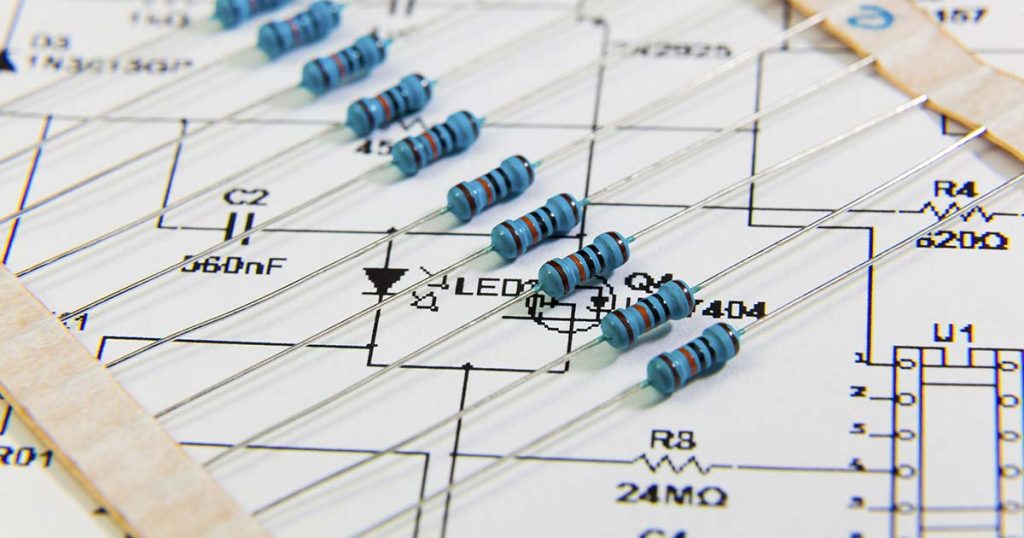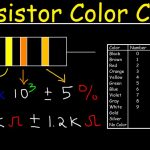There are a few terms which we need to discuss before going into the type of resistors we have. One needs to get introduced to these terms at this stage and can understand them as we progress further.
Resistance
Resistance is the property of a resistor that opposes the flow of current. When alternating current goes through a resistance, a voltage drop is produced that is in-phase with the current.
· Indication − R
· Units − Ohms
· Symbol − Ω
Along with resistance, there are other important terms, called as reactance and impedance.
Reactance
The resistance offered to the alternating current because of the capacitances and inductances present in the circuit, can be understood as reactance. When alternating current goes through a pure reactance, a voltage drop is produced that is 90°out of phase with the current.
Depending upon the phase i.e., +90° or -90° the reactance can be termed as inductive reactance or capacitive reactance.
· Indication − X
· Units − Ohms
· Symbol − Ω
Impedance
Impedance is the effective resistance to alternating current arising from the combined effects of ohmic resistance and reactance. When alternating current goes through an impedance, a voltage drop is produced which is somewhere between 0°to 90°out of phase with the current.
· Indication − I
· Units − Ohms
· Symbol − Ω
Conductance
This is the ability of a material to conduct electricity. It is the reciprocal of resistance.
· Indication − G
· Units − Mhos
· Symbol − ℧


